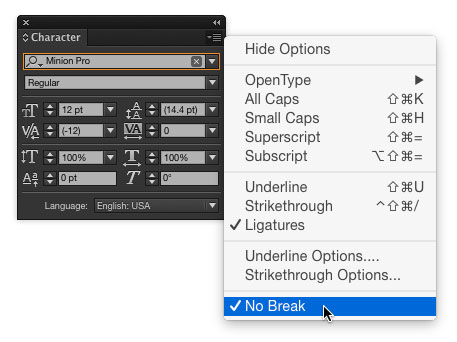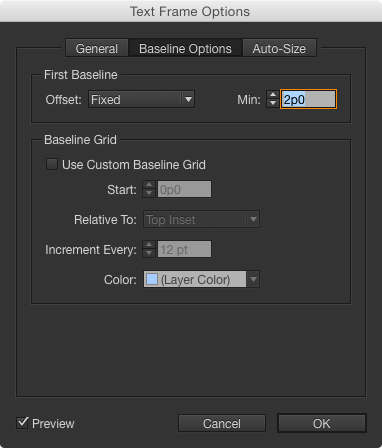5 Reasons for Unexpected Overset Text

When writing the post for our contest in January, I stumbled across a small mystery that was entirely separate from low first baseline that was the subject of the contest. When I moved the text frame in the contest file from the page to the pasteboard, it instantly became overset. Having seen this phenomenon before, I had a hunch about what was going on. And it made me think it would be worth listing some of the reasons why a text frame can become unexpectedly overset. Here are a few reasons I can think of, please add some more in the comments.
1. Keep Options. This is what was happening in the contest file. The frame contained text for the start of a book chapter, and the chapter number paragraph style was set with a keep option to start On Next Odd Page. Thus, when you move the frame so it is no longer touching an odd-numbered page, it becomes overset.

2. Text Wrap. A common reason for mysteriously overset text: an object with text wrap applied to it has been hidden, or is on a hidden layer. When you move your text frame into the bounds of the invisible text wrap, you get overset.
3. No Break. When No Break has been applied to a range of characters, either manually or automatically through the use of a nested or GREP style, the frame will be overset if it isn’t wide enough to fit the range of text.

4. Align to Grid. When text is forced to snap to a baseline grid, it can be overset, even thought it appears like there is plenty of room in the frame. If you move the frame to the pasteboard, the overset goes away since the baseline grid only covers the page. I covered this in detail back in a post called The Curious Case of Occasional Overset.
5. Text Frame Options. Plenty of potential culprits here. If your text frame has a custom baseline grid, insets, or a large minimum value for the First Baseline Offset, the frame itself might be causing the overset.

OK, that’s 5. How many other reasons for unexpected overset can you folks think of?
This article was last modified on July 25, 2019
This article was first published on February 25, 2015




